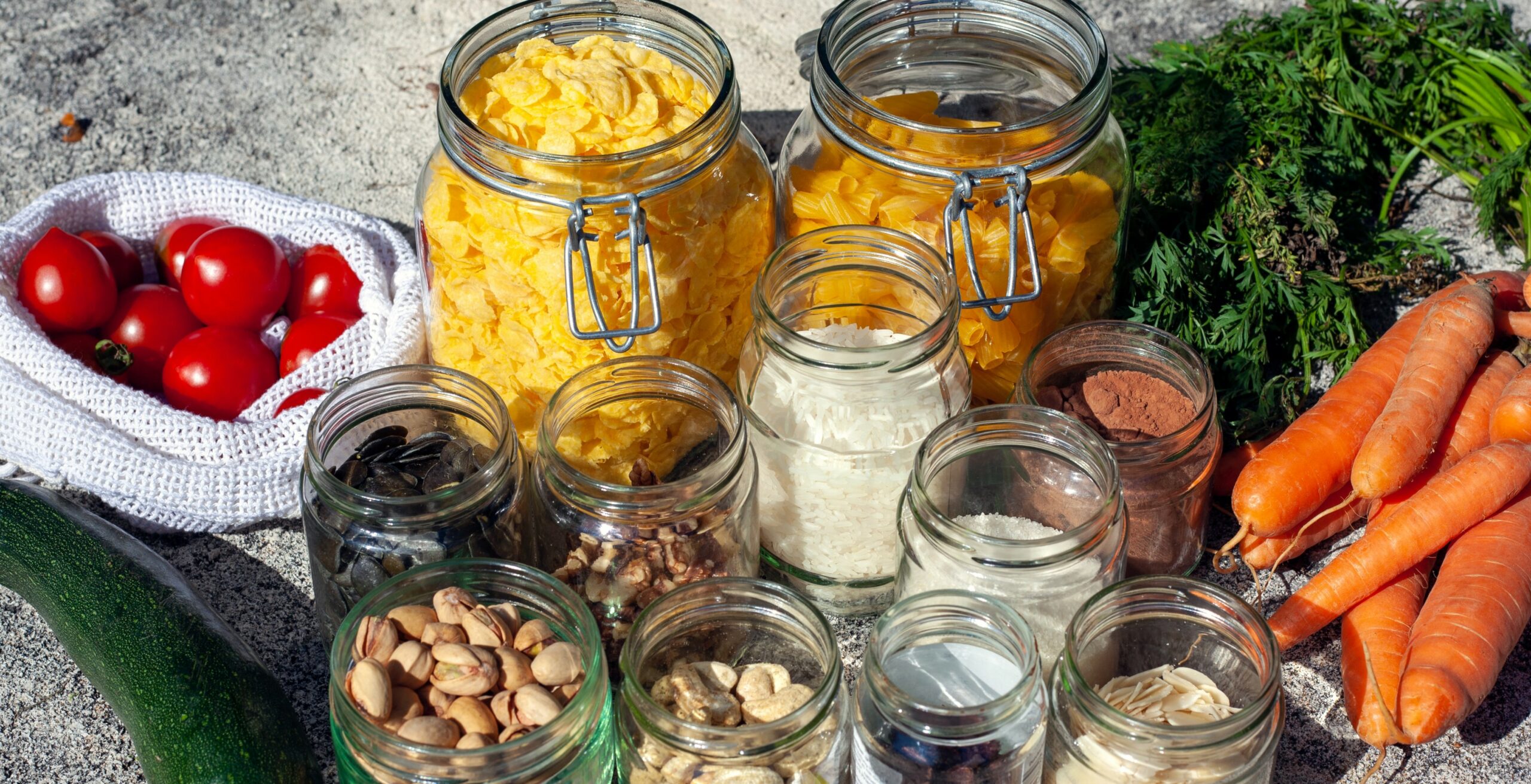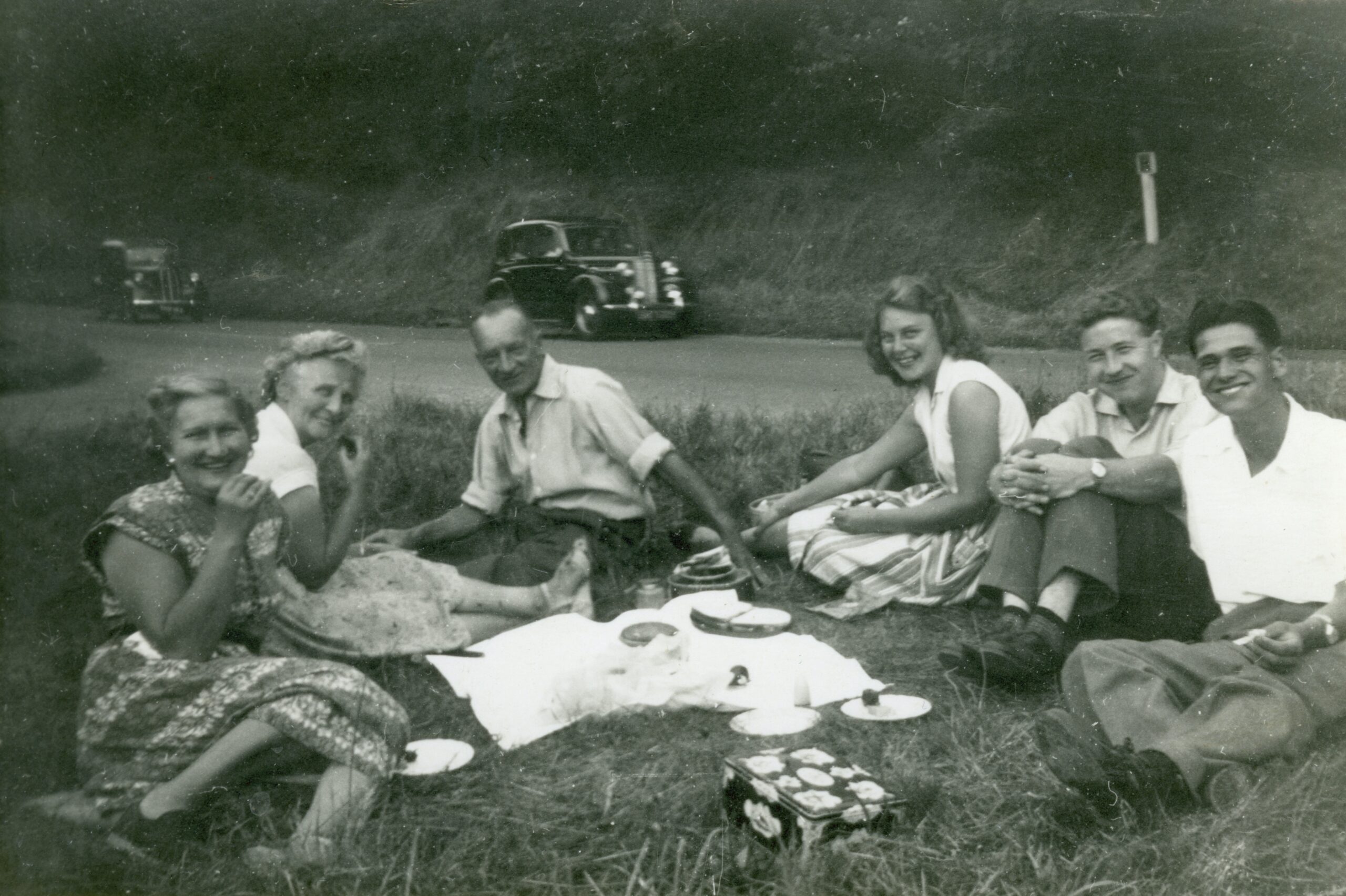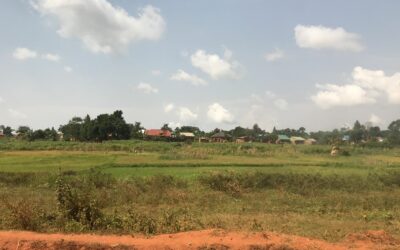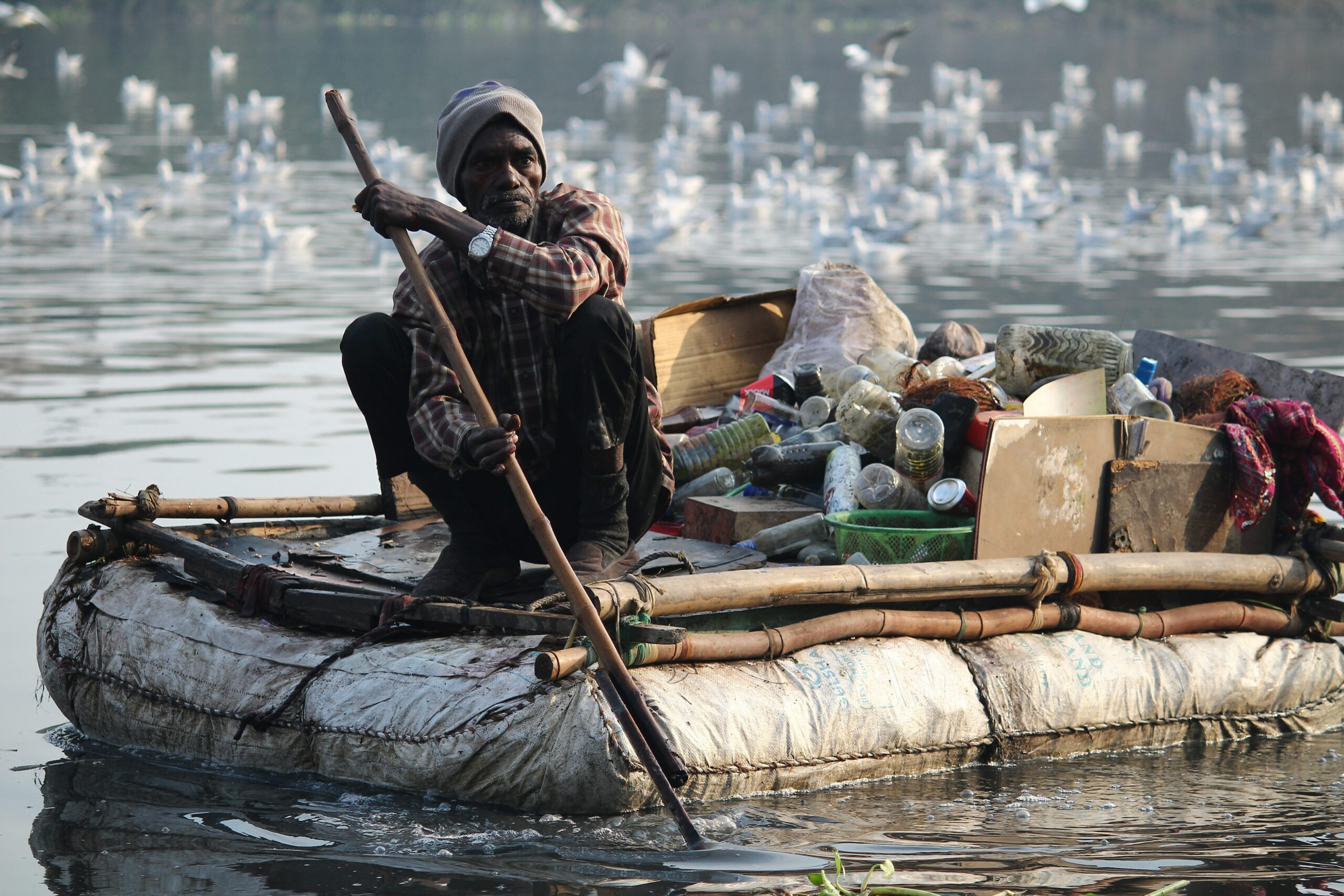You’ve probably heard about “Plastic Free Challenges” on social media and YouTube. At first glance, it might sound like a great idea, or maybe you think it’s crazy. Yeah, definitely crazy. Who would want to spend more money on products that are harder to find and not as convenient as what we’re used to?
While the idea of a “Plastic Free Challenge” may seem great, it’s important to consider what the negative impacts are, or are there any? In this post, you will learn about 7 problems with going “waste-free”.
What is The Plastic-Free Challenge?
The “Plastic Free Challenge” is just what it sounds like; challenge yourself to live without plastic for a set amount of time. No buying, using, or accepting plastic, down to the small things like key fobs, toothpaste tubes, and even plastic jewelry.
You are going to come across people in your life that avoid plastic as much as possible, but the sad truth is plastic is unavoidable. Even they will say they can’t 100% avoid it. Plastic is in so many products, products are wrapped in plastic, it’s in medical equipment, automotives, building materials, food storage and packaging, transportation equipment, it’s even in clothing. It’s everywhere! So to even think that you can avoid all plastic, you’d have to go back in time over 100 years! You can read about “The Age of Plastic: From Parkesine to Pollution”, by the Science Museum if you’re interested in the history of plastic.
Yes, one great solution is to challenge yourself to avoid plastic. “Plastic-Free Challenges” are becoming more common, which means that people are curious about the problem. That’s a good start and I applaud those who are willing to bear the expense and embrace the use of items that aren’t always convenient and affordable. This also means saying “no” to things like take-out, drive-through fast food, drinks with disposable plastic cups. But we can still create waste that isn’t plastic.
Zero Plastic or Zero Waste?
There is a difference between having zero waste, and wasting zero plastic. Regardless of what others say, it is important to understand that 100% zero waste is not possible to achieve in every situation, just like going 100% plastic free is not possible.
Zero waste would look like everything that you have used up and are finished with, those things you deem as trash or worthless, you are making it go to use somehow. Whether that is recycling it, repurposing it, rehoming it, and so on.
Wasting zero plastic may look like not purchasing items that are made of or packaged in plastic. It means not allowing plastic to become worthless and landfill. It means that whatever plastic you have, you’re responsible for getting it to where it belongs. It’s hard work, but it’s definitely worth trying, trying, and trying again.
You’re probably thinking, “Ok, ok, what’s wrong with going ‘plastic-free’? Isn’t that what you’re encouraging people to do?”
Well, not exactly!
Our entire world seems to be set up for selling, buying, consuming, and producing, and it is easy to accept plastic into our lives because it really is useful, makes life easier, and it fits into our convenient and fast paced lifestyle. And because of this, it’s not possible to cold-turkey cut it out of our economy or lives.
Plastic is here to stay, we can’t avoid it. But we REALLY need to work hard to manage it, because it is a killer. Sadly, that’s not a play on words, it’s a fact. Plastic really does kill living things like plant life, eco-systems, aquatic life, and millions of creatures, including people. Plastic has also saved lives, through groundbreaking technology, surgical tools and hardware would not be possible without plastic. We don’t think much about it, but many people would have died if it weren’t for something made of plastic. However, the bigger issue is that it is severely mismanaged. So, in light of this, knowing what the negative impacts of plastic, let’s take a look at the negative effects of plastic-free challenges.
Here are 5 Problems of Plastic-Free Challenges
If you ever attempt a challenge like this, you’ll quickly find how many items you use on a daily basis are made of plastic. And it can be really difficult to eliminate plastic from your everyday life. In fact, it’s even more wasteful in most scenarios. Let’s break it down.
#1 – Purchasing Products For Short-Term
Oftentimes, the short term challenges do not result in long term changes. Ever heard the phrase “Tik-Tok made me buy it”? Then there is the “New year, new you!”. You want to lose weight, go on a diet plan but one week of it and you give up. You purchase a juicer to do a “30 Day Juice Cleanse”, and though your intentions are good and it’s going to be great for your health, after the 30 days is over, you don’t ever use your juicer again!
Great intentions, but it’s short term, and more than the normal amount of waste is generated from short term events and challenges such as these.
Here’s a tip: When you purchase something, whether it is for a “Plastic Free Challenge”, or just to test it out, do it with intention. Look for well made products that do not contribute to the poorly managed waste system. If you’re up for an even bigger challenge, find companies and organizations that are working hard to be Earth-friendly and conscious of how their products affect the ecosystems. These are good companies to invest in because they’re trying to help eliminate the “need” for plastic, the effects of plastics, and providing quality products that won’t add to the garbage pollution crisis. Buy from them instead of buying from chain grocery stores.
#2 – Making Uneducated Decisions Based on “Recyclability”
Here is another area that is misunderstood. You try to purchase zero plastic and get confused on what items are actually the better option. A bag of chips in a single layer of plastic is likely better than a bag of chips in a paper bag that’s lined with plastic, because dual layer items cannot be recycled.
Pringles cans are a great example of this. The lid is made out of one type of plastic that is said to be recyclable, but because it’s such a small item, it’s probably not going to make it through the recycling process. The cardboard cylinder can (which is recyclable) is lined with a foil/plastic material, therefore it cannot be recycled. The aluminum bottom is recyclable, but must be removed before being recycled. Do you see the problem here?
Sometimes what we think is a better option, is not actually a better option. But as long as we are open to learning, use less plastic, and work to waste less, that’s going to be more beneficial than just trying to make it for 30 days without using plastic.
As mentioned before, 100% plastic-free is not possible, and there are times that you may find yourself needing to purchase something in plastic, or made of plastic. This process of learning all the details takes a lot of work, so give yourself some grace and just do your best. You will learn as time goes on.
Here’s a tip: For food safety, plastic is the best option to package meat. But if you have a meat market that will allow you to bring in your own container, then whala! You’ve just eliminated the need for plastic packaging on your meat! Look for opportunities to bring your own containers for purchasing food items. Bring your own bags for produce, even if they’re plastic, reuse them!
#3 – Do Your Good Intentions Result in Poor Decisions?
Purchasing a box of spaghetti is a better option than the plastic bag of pasta. Taking the grapes out of the plastic bag while in the store is a great idea because it shows you don’t want their plastic. You have what’s called “Purchasing Power”, so use it as often and as kindly as you can. On the other side of purchasing, manufacturers also understand marketing and consumerism. Items are poorly marked, or just inaccurately marked, making us think that it’s better for the environment but the real information about how the product was created is hidden. We think that an item that doesn’t contain plastic is better than the one that does, not knowing that it’s possibly worse.
Here’s a tip: If you’re unsure of how an item is made, or if it’s actually better for the planet than the one you’d usually purchase, it’s a better option if it’s…
- Made of natural elements
- No toxic chemicals
- Packaging is minimal and biodegradable and non-plastic
- Going to turn back into dirt or another natural element some day
#4 – Ditching Your Products
This is by far one of the biggest problems with “plastic-free challenges”. In almost every video I’ve watched, the individual will usually throw away all their partially used products, and purchase “eco-friendly” products to replace their old objects.
In an effort to go plastic free, they’ve wasted perfectly good products. This is a big problem.
Seeing brand new or hardly used products being thrown into the garbage, doomed for the landfill is a tragedy. This really defeats the purpose of properly handling waste. On day 1, their trash can is filled with hygiene items that are hardly used, and even brand new items are tossed, or food, simply because it’s packaged in plastic and maybe they’re not interested in eating it before it “goes bad”. If you’re interested in landfills, here’s a post about why landfills need to be our last resort for waste management.
Doesn’t that defeat the purpose of the challenge? What is the purpose? If it’s simply to avoid all plastic, they’re doing a good job. However, the foundational reason for this kind of challenge is usually birthed from the awareness of garbage pollution. There is a desire to make a difference, to change your perspective on plastic, to waste less and take better care of our planet. We can’t do that if we are pitching the partially used dental floss and half empty shampoo bottle just to buy another product.
When you throw out your half used toothpaste, and toss the Tupperware, brand new plastic utensils, zip lock bags, and other plastic items, aren’t you uselessly adding to the plastic pollution problem?
Those items had so much potential, but the landfill is an endless trail, a bottomless pit, a menace to our planet. Brand new products by the thousands and millions are piling up high in landfills, rivers, streets, etc..
Here’s a tip: Use up what you have before buying anything else. The next time you need to buy toothbrushes, look for bamboo toothbrushes. Or when you need toothpaste, toothpaste tablets are really great, or the aluminum tubes. The next time you need to buy a hairbrush, etc.., look for better options and purchase those instead.
#5 – Not Knowing What You’re Getting In To
Following the “plastic free challenge” examples of YouTubers or your role models for doing your own “plastic free challenge” may result in you feeling like it’s impossible to achieve your goal, because of what you see others do. On the flip side, taking on this kind of challenge really opens your eyes to the reality we live in, and how plastic is so infiltrated in every part of our lives. It just makes you want to change something, to make things better.
This is no easy task. Those who have gone before us and taken on this challenge will tell you how much of a challenge it really is. Take into consideration the topics in this article, think about taking a long-term challenge instead of a short 30 day challenge. Or, change your 30 day challenge into a “No buying more brand new plastic” challenge.
Lack of preparation for short-term challenges can lead to quick burnout. Starting out small and building on what you know is a much more permanent and effective way to make real long-term changes.
Here’s a tip: If you’ve read this far, use these tips, the knowledge you acquired, to equip yourself to take on the challenge of wasting less. The biggest way that you can make long-term changes is by preparing your mind. Know that you’re going to face struggles for obvious reasons, shopping for minimal to zero plastic/waste is really hard, and people might look at you funny or even call you names. But Once you’ve settled in your mind, just go for it!
In Conclusion
Waste-free and plastic-free challenges are good, and in many situations, they’re life changing. But the dark side of the challenges is in the wasteful way we switch our lifestyle for a temporary idea. It’s already challenging to avoid plastic and excess waste, but we want to make sure that we’re not wasting more, and not setting ourselves up to fail. And the reason a lot of people fail to stick with this type of challenge is because 1) it’s temporary, and 2) it really is challenging. So instead of making drastic and sudden changes on the subject of wasting less in every area of your life, as you learn more, change more!
Here are some great tips from my experience that can hopefully help get you started!
- Use up what you have before buying anything else
- Purchase wisely and use your wallet to tell industries
- Decide that what you purchase next will be a better product for our planet
- Know what’s ok to compromise on. You don’t need as much as you think you do, but sometimes the options are slim and we all get in a pinch
- Purchase second-hand as much as possible, and avoid buying brand new plastic items
The goal is to NOT create extra waste. So go ahead, use your plastic products! Just try not to buy brand new plastic items, or items wrapped in plastic.
What area do you find most challenging about going plastic-free? I’d love to hear from you in the comments below.
As always, thank you so much for reading!
Until next time,
HosannaJill





0 Comments